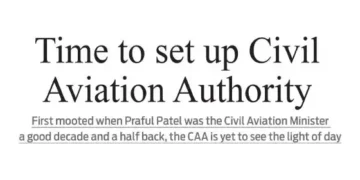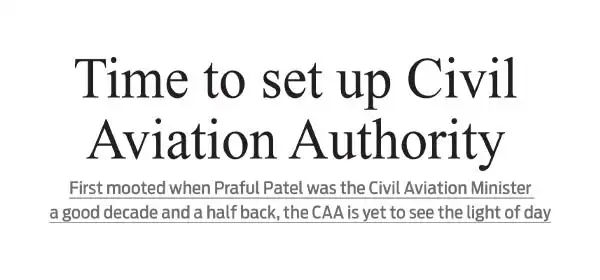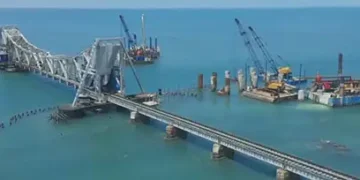WHY is it that everything in India resonates with Jagdish Raj syndrome? Now, this has got nothing to do with late Jagdish Raj, the character actor in Hindi films, whose claim to fame was that he arrived right at the end of a film just before the credits started rolling, when the job was done, and the hero had emerged victorious. Hands up! Raj would yell, firing his Sub-Inspector’s pistol in the air, taking charge of the villain and marching him to the police station.
Indian aviation has for years thrived on this syndrome. A complete reactive enterprise where every one of its institutions lumbers along and moves only when the deed has been done. The Air India AI 171 episode has been handled very Jagdish Raj-like, after the deed is done, disaster has struck, and everyone is asking questions. A review of the 787 Dreamliner was ordered, airlines were frogmarched, and asked to get their fleets in order, et cetera, et cetera. But what about the DGCA? Who is going to frogmarch it as an institution?
Autonomous body
The DGCA (Directorate General of Civil Aviation), for example, should have been converted long back into the Civil Aviation Authority (CAA). The idea is that the CAA would replace the DGCA and be as autonomous as possible with enhanced powers and a structure similar to the American Federal Aviation Administration (FAA). This Authority was to have “separate departments for safety, economic regulation, grievance resolution, and environmental concerns, as well as an independent accident investigation bureau.” Of course, the DGCA suffers hugely too; it is understaffed, overworked, and has far too many routine things to do. It has also not been given the sort of bandwidth it needs in terms of powers to get the airlines to do their bidding.
First mooted when Praful Patel was the Civil Aviation Minister a good decade and a half back, the CAA is yet to see the light of day. That apart, the DGCA, which at one time had a bunch of highquality officials, have now ceded space to the Indian Administrative Service (IAS), who now have a vice-like grip on the DG’s job.
DGs of yore
One is not against the steel frame, but officers come and go. That is the nature of their job. An insider, on the other hand, has institutional memory, has been on the job for decades, and has a clear idea of what needs to be achieved. One remembers the DGs of yore – Kanu Gohain, Satinder Singh and many others who ran the department with great finesse.
It would also be inappropriate to say that civil Aviation was far less complex those days, in fact, far, far from it. When the late Kanu Gohain retired sometime in 2008, Indian aviation was in deep distress with the old Palam Airport functioning in Delhi with a waiting time of close to 45 minutes to land, and there was little modernisation at the present Mumbai airport. To add to their woes, aircraft operated from the old HAL airport in Hyderabad (Shamshabad opened around 2008), and BIAL was just about being constructed in Bengaluru.
Number One priority
But they managed things, had more airlines operating with lesser operating space, greater restrictions in the air and none of the terminals that have since come up.
The issues plaguing the civil aviation sector today are compelling and require urgent attention. Constructing more airports is not the need of the hour; regulating, getting things in order and doing them correctly should be the number one priority.
































